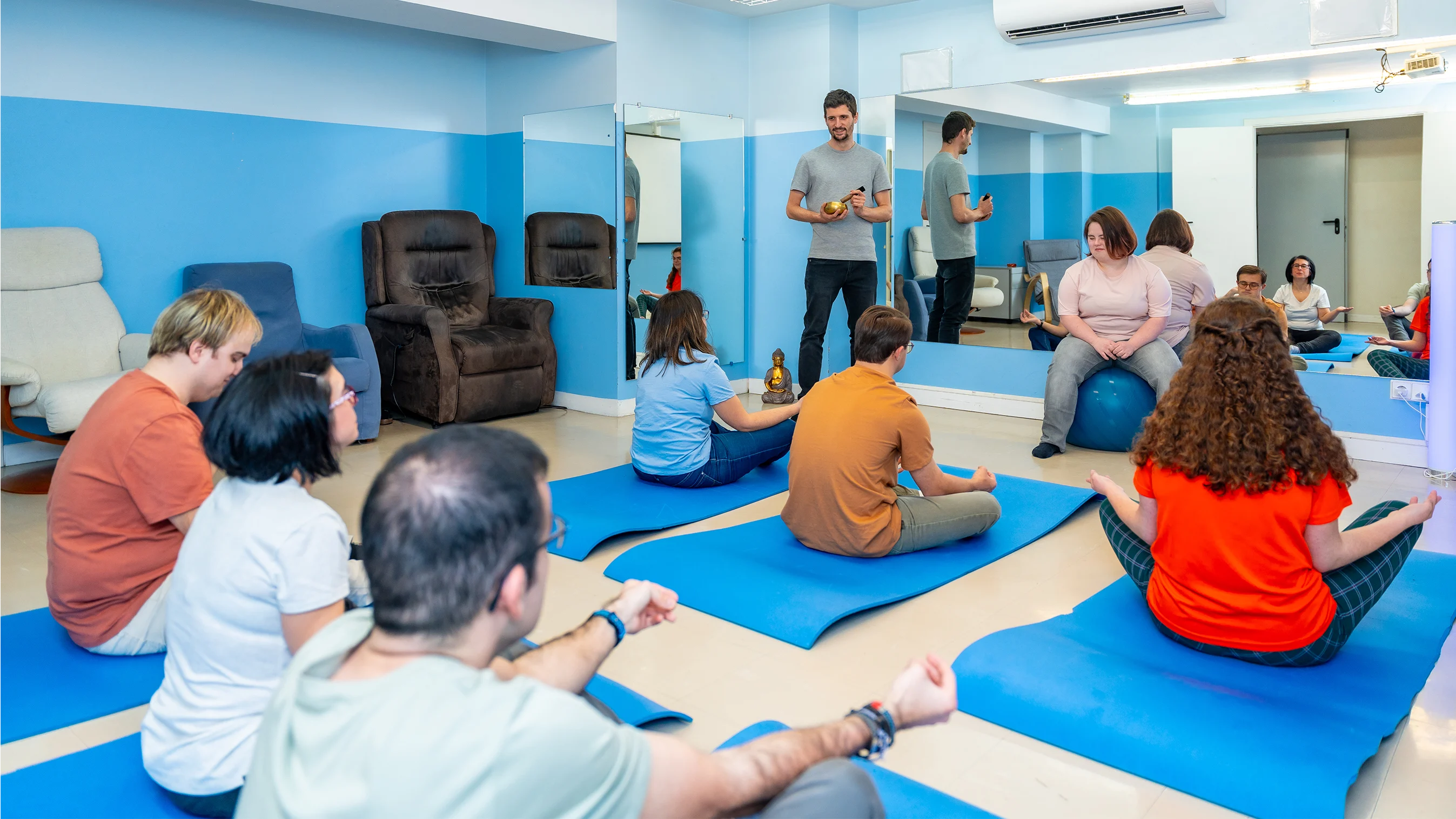How to Quit Porn Addiction – A Complete Recovery Guide for Lasting Change

How to quit porn addiction is a challenge many face in today’s hyper-connected world, where pornography is easily accessible. While it may seem simple to give in to the temptation, breaking free from this cycle is often more complex and requires a structured approach. This comprehensive guide is designed to provide practical, evidence-backed solutions to help you quit porn addiction and regain control over your life.
Porn addiction has far-reaching effects on mental health, relationships, and overall productivity. Recognizing the need for proactive and holistic recovery is the first step in overcoming this addiction. In this article, we’ll walk you through the steps you can take to break free from the grasp of porn addiction, offering real solutions for achieving long-term recovery. If you’ve been wondering how to quit porn addiction, this guide is here to support you on your journey.
Understanding Porn Addiction
Before we dive into how to quit porn addiction, it’s important to understand what it really is. Porn addiction is a behavioral issue that goes beyond occasional viewing of explicit content. It’s a compulsive need to watch pornography, often triggered by emotional or psychological states such as stress, boredom, or loneliness. Over time, this compulsive behavior releases dopamine in the brain, creating a "reward system" loop that reinforces the behavior and makes it difficult to break free.
The addiction impacts various areas of life, including mental health, relationships, and productivity. It can cause feelings of shame, anxiety, and depression while negatively affecting intimate relationships by creating emotional distance. Understanding these effects is essential for beginning the process of quitting. How to quit porn addiction involves not just stopping the behavior, but also understanding its deeper psychological causes.
Why Quitting Porn is Hard – The Psychological Traps
When exploring how to quit porn addiction, it's vital to recognize why it's such a difficult cycle to break. Emotional triggers such as stress, loneliness, and boredom often cause people to turn to pornography as a form of coping. The brain becomes conditioned to seek out immediate gratification through porn, reinforcing the habit.
The feedback loop—reward > guilt > repeat—makes quitting porn harder. After watching pornography, guilt and shame often follow, which leads to more cravings and the cycle continuing. It's important to address these feelings without shame or self-blame. How to quit porn addiction requires compassion, patience, and understanding that these emotional reactions are part of the addiction cycle.
Step-by-Step Guide: How to Quit Porn Addiction
1. Identify Your “Why”
The first step in how to quit porn addiction is identifying your personal reasons for quitting. Clarifying your motivations—whether they are emotional, relational, spiritual, or professional—provides a solid foundation for your recovery. Write down your reasons and refer to them whenever temptation arises. Journaling is a powerful tool in this process. Whether it’s to improve your relationships, emotional health, or overall well-being, knowing why you want to quit will help you stay on track during your recovery.
2. Block Access to Triggers
Another crucial step in how to quit porn addiction is to block access to the triggers that encourage your porn consumption. There are several tools available to help restrict access to pornography, such as Cold Turkey, Covenant Eyes, and other parental control apps. These tools prevent you from accessing explicit websites and help break the cycle of compulsive behavior. For more on addiction treatment centers, see drug addiction treatment center in Gurgaon and alcohol addiction treatment centre.
Additionally, go through your devices and delete any stored pornographic content. Create filters and set restrictions to block any potential temptations. The fewer opportunities you have to access porn, the more likely you are to stick with your recovery plan.
3. Build New, Healthy Habits
How to quit porn addiction also involves replacing your old habits with new, healthier ones. Instead of spending time on pornography, engage in activities like exercise, hobbies, or social interactions. Neuroscientific research shows that when you replace a bad habit with a good one, you retrain your brain. Building new habits like working out, learning new skills, or volunteering can help you stay focused and redirect your energy.
Substituting negative behaviors with positive ones is crucial in rewiring the brain, helping you reduce the urge to engage with pornography. The key is consistency and persistence in integrating these new habits into your daily routine. For diet and brain health, check out best foods for mental health.
4. Practice Mindful Techniques
Mindfulness practices such as meditation, yoga, and techniques like Ashwini Mudra from Ayurveda are effective in helping manage the emotional urges related to addiction. Mindful techniques provide you with the tools needed to remain grounded and focus your mind, especially during moments of craving. Practicing mindfulness helps you develop emotional regulation and cope with stress in a healthier way.
These techniques don’t just provide short-term relief—they also help you build emotional resilience for long-term recovery. When you're learning how to quit porn addiction, cultivating mindfulness is a powerful tool to manage urges and stay on track with your goals. For complementary treatments, see Ayurvedic treatment for alcohol addiction or Ayurvedic treatment for schizophrenia.
5. Understand and Manage Triggers
One of the core principles of how to quit porn addiction is understanding and managing the triggers that lead to pornography use. Emotional triggers like anxiety, depression, or loneliness are common, but recognizing these feelings can empower you to take proactive steps. Building a “trigger toolkit” of alternative coping strategies—like deep breathing, calling a friend, or practicing gratitude—can help you manage these triggers in the moment.
Being aware of your emotional and situational triggers is key to reducing the urge to turn to pornography. With time and practice, you’ll learn to recognize the signs and take action before the urge becomes too strong.
6. Seek Emotional and Social Support
How to quit porn addiction also involves seeking support from others. Support is vital in breaking free from any addiction, and pornography is no different. Whether through online support groups, therapy, or talking with trusted friends or family members, accountability and emotional support can help keep you motivated.
Having an accountability partner or joining a recovery group provides encouragement and reinforcement. Having people who understand and support your journey can help you stay on track during challenging moments. You don’t have to face this journey alone.
Therapy as a Game-Changer
1. Why Professional Help Works
Therapy is often a crucial part of overcoming porn addiction. Cognitive Behavioral Therapy (CBT) is a well-established treatment method that helps individuals break negative thought patterns and replace them with healthier, more constructive thoughts and behaviors. CBT focuses on changing your emotional responses to triggers, which is a key aspect of how to quit porn addiction.
If necessary, medication, such as SSRIs (Selective Serotonin Reuptake Inhibitors), may be prescribed to address underlying mental health issues, but always under the supervision of a licensed psychiatrist.
2. Family Therapy for Long-Term Healing
Addiction affects not just the individual but also the relationships around them. How to quit porn addiction often requires rebuilding trust and communication within the family. Family therapy can help facilitate open discussions, rebuild broken relationships, and ensure everyone is involved in the healing process. A supportive family environment is essential for long-term recovery.
Common Setbacks and How to Handle Them
Setbacks are part of the recovery journey. How to quit porn addiction is a process, and relapses can happen. It’s important to approach setbacks with a mindset of learning and growth. Instead of viewing relapse as a failure, see it as a stepping stone in your journey. Each time you get back on track, you reinforce your commitment to recovery.
Reinforcement through micro-successes—small, consistent victories—is an excellent way to build momentum. Celebrate each step you take, no matter how small, as you work toward breaking free from addiction.
Your Journey is Unique – But You’re Not Alone
The road to recovery is unique for each individual. There will be challenges along the way, but perseverance is key. How to quit porn addiction is not an overnight process; it requires time, patience, and a willingness to learn and grow. While your journey may be different from others, the important thing to remember is that you are not alone. Countless individuals have successfully overcome porn addiction, and you can too.
Ready to Take the First Step?
If you're ready to reclaim your life and break free from the chains of addiction, Athena Behavioral Health is here to guide you. Athena’s holistic treatment approach—focusing on therapy, family involvement, and 24/7 psychiatric support—offers a comprehensive recovery plan that’s perfect for individuals dealing with porn addiction.
Athena Behavioral Health offers:
- A therapy-first approach designed for long-term recovery
- Family involvement to rebuild trust and communication
- 24/7 psychiatric support and expert guidance
- Personalized recovery plans tailored to your specific needs
Call +91 9289086193 or Get Help Today for a confidential assessment and a tailored treatment plan to begin your recovery journey.
Frequently Asked Questions
The first step is identifying your motivation for quitting. Whether it’s emotional, relational, or health-related, knowing why you want to quit will give you the strength to stay on track.
Recovery times vary, but it usually takes time, patience, and commitment. On average, it can take a few months to establish new habits and break free from the addiction.
Yes, therapy, especially Cognitive Behavioral Therapy (CBT), is highly effective in addressing porn addiction by helping you break negative thought patterns and develop healthier coping mechanisms.
Relapse is a common part of the recovery process. The key is to treat it as a learning experience and refocus on your recovery plan. Micro-successes help build long-term momentum.
Replacing porn consumption with activities like exercise, reading, or spending quality time with friends and family can help rewire your brain and reduce cravings.
Professional help, such as therapy or counseling, is highly recommended if the addiction is severe or if self-help strategies aren’t enough.
Family therapy helps rebuild trust and communication between you and your loved ones, making it easier to heal together and ensure long-term recovery.
Tools like Cold Turkey and Covenant Eyes can help restrict access to pornography, while setting filters on your devices ensures you stay on track with your recovery.






